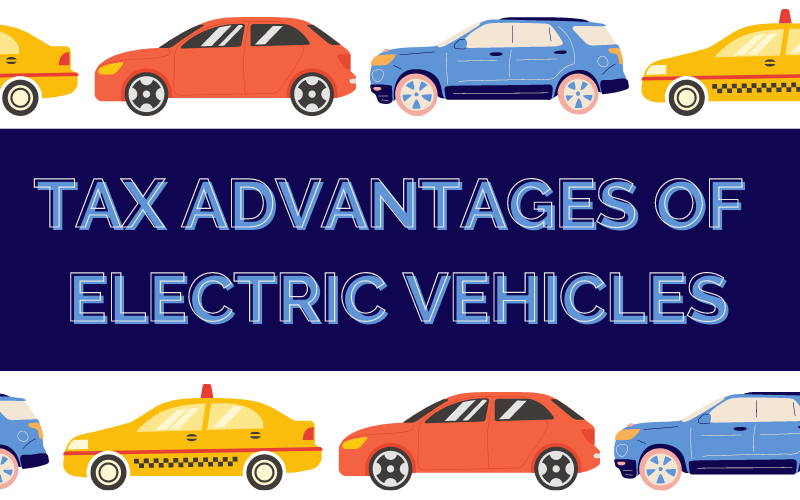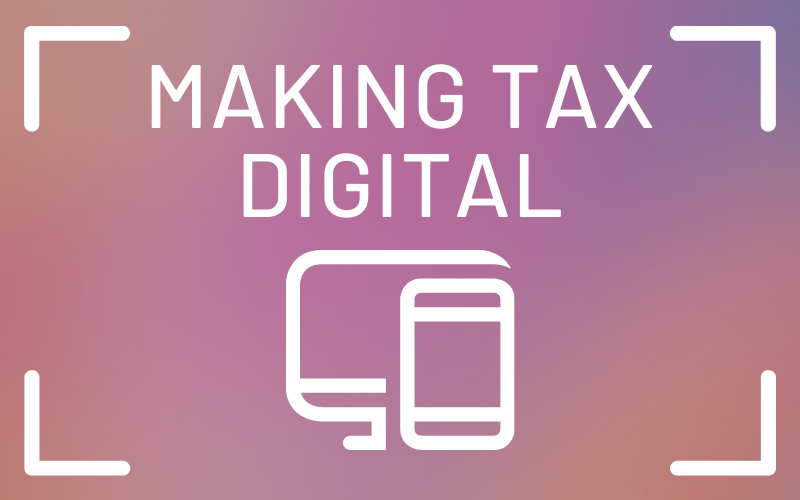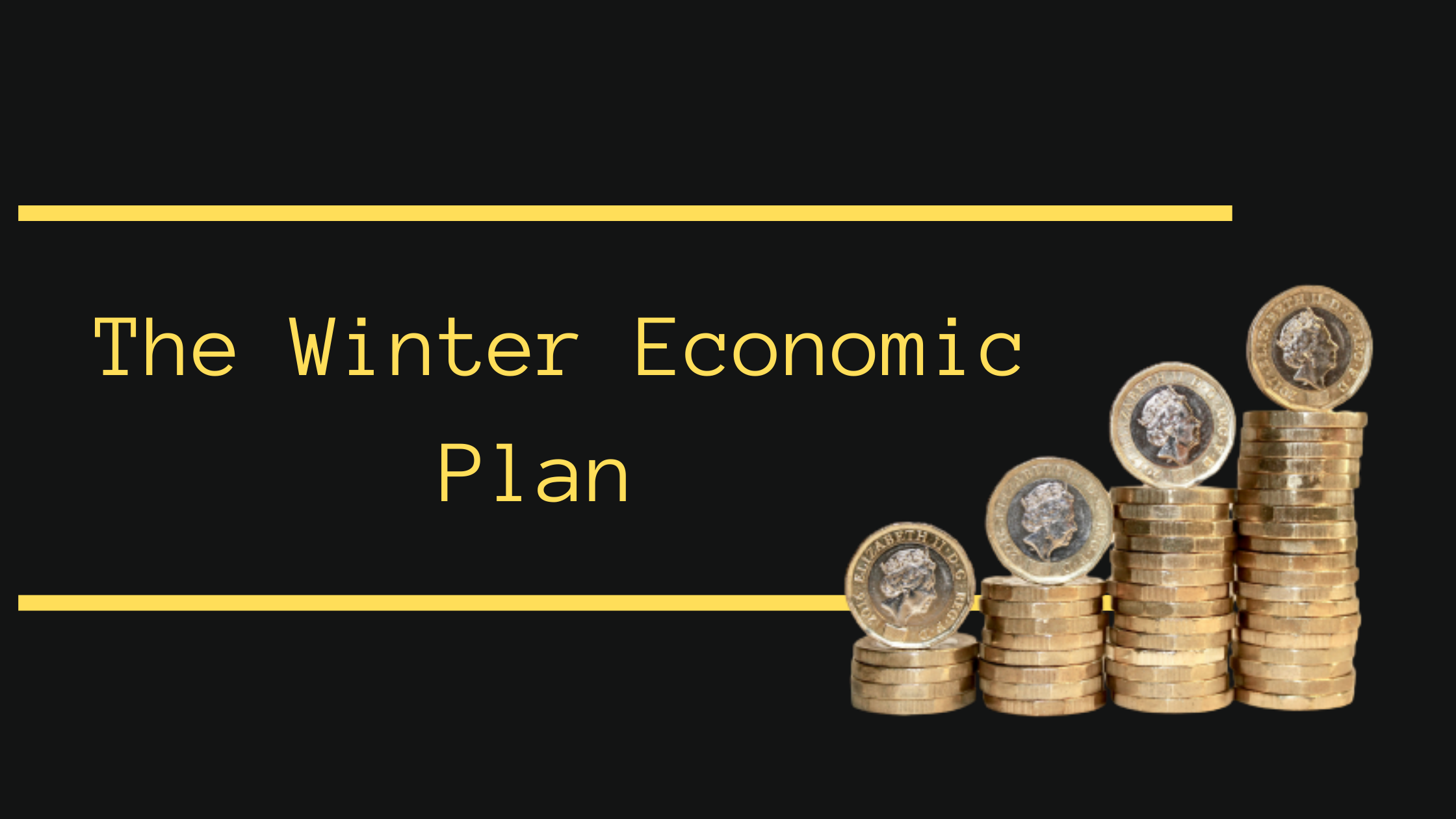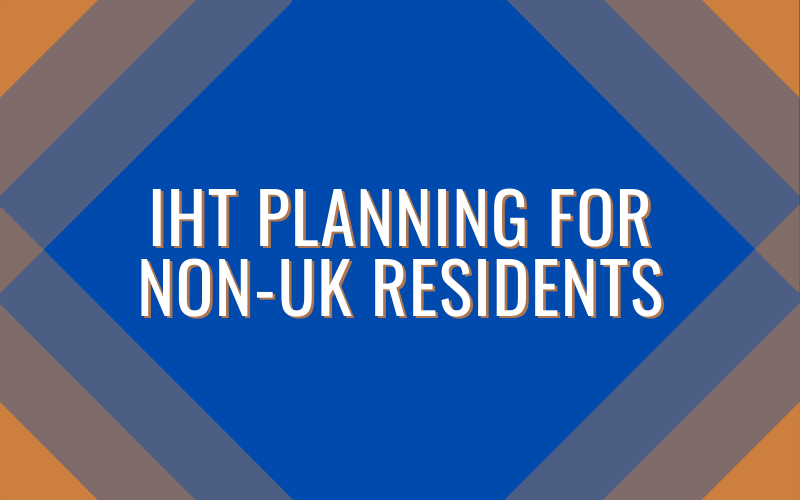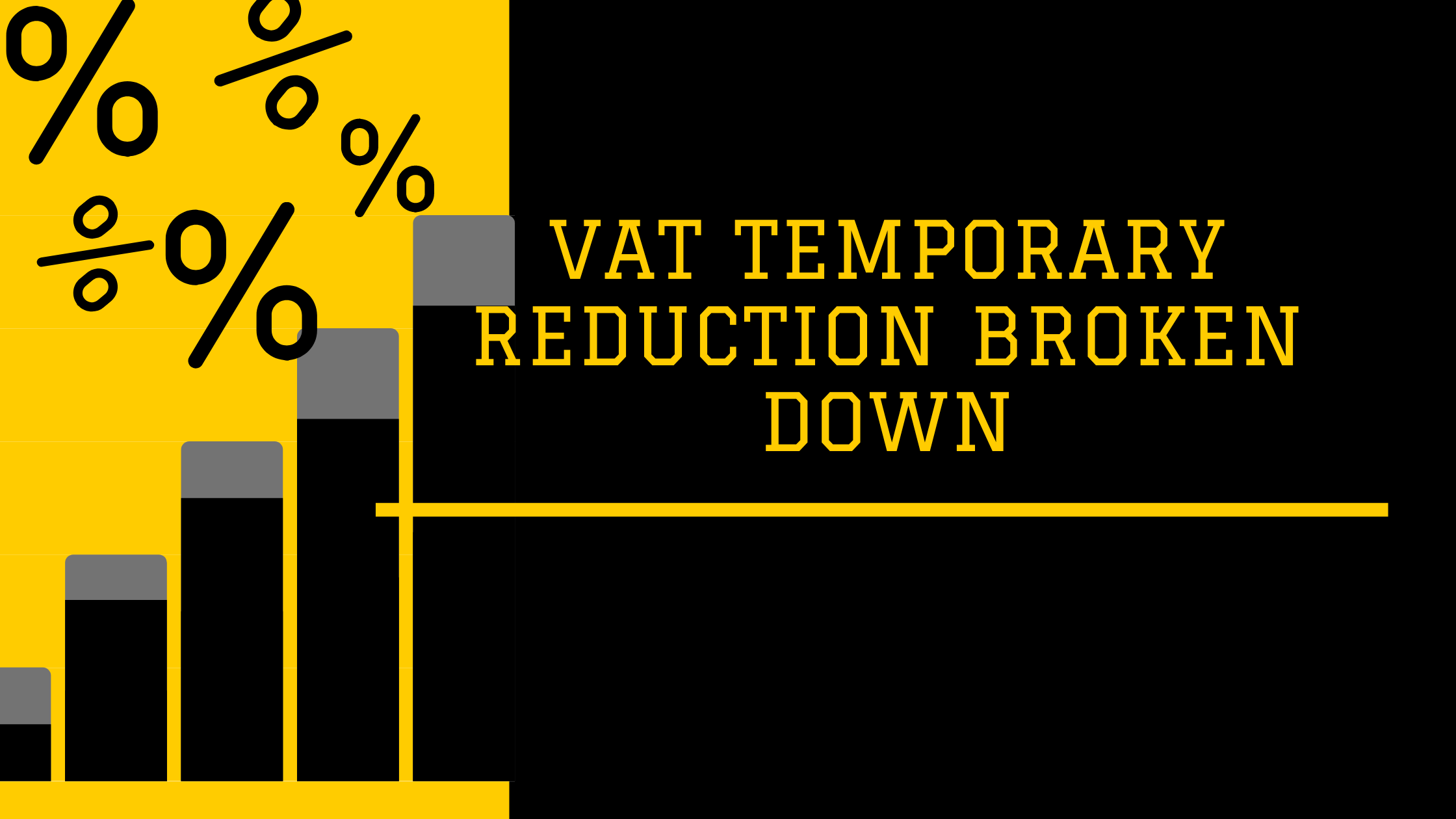VAT temporary reduction broken down.
Since the announcement by the Chancellor on 8th July, most businesses in the tourism and hospitality industry will be charging 5% VAT on some or most of their sales. The reduced rate applies to hotel and accommodations, restaurants, pubs, cafes and other business operations like this. Cold take away food however is still subject to 20% VAT or 0% under the current rules, however the reduced rate applies to all hot meals and non- alcoholic drinks eaten in or taken out.
HMRC has temporarily reduced the percentages used in the FRS to match the temporary reduced rates. Pubs have been revised to 1% from 6.5%, hotels and accommodation to 0% from 10.5% and catering services to 4.5% from 12.5%.
In this article, we will consider two business scenarios in order to illustrate the VAT implications of switching between the Flat Rate scheme (FRS) or the Standard Rate Scheme.
Businesses with mainly standard rated sales.
Consider Business A which deals with mainly standard rated supplies, that is, most of their sales is subject to 20% VAT. Let us assume that Business A is a pub and has an annual turnover of £100,000 VAT inclusive and £3000 annual input VAT because the business makes standard rated purchases.
Scenario 1: Leaving the FRS to Standard rate for the period 15 July 2020 to 12 January 2021.
Turnover for the 6 month period: £100,000 x ½ = £50,000. Since it is VAT inclusive, VAT due on sales will be £50,000 x 1/6 = £8,333. However on the standard rate, Business A is eligible to reclaim VAT on purchases made. Therefore, Business A will be eligible to reclaim £3000 x 1/2 = £1500 for the 6 months period.
The total VAT bill due will be £8,333 less £1500 which is £6833.
Scenario 2: Remaining in the FRS
If Business A decides to stay in the FRS, the tax due will be based on the new rate. Therefore, depending on whether it is a pub or a restaurant, the VAT due will be (£50,000 x 1%) = £500 or (£50,000 x 4.5%) = £2250. Here the savings are significant therefore Business A will be better off remaining in the FRS.
Businesses with mainly 5% sales
Business B is a restaurant and has supplies which do not include take away sales or alcoholic drinks, therefore it is eligible for the temporary reduction to 5%. Let us assume that Business B has the same annual turnover (£100,000 VAT inclusive) and annual input VAT (£3,000) as Business A; and like Business A, they operate under the FRS
Scenario 1: Leaving the FRS to Standard rate for the period 15 July 2020 to 12 January 2021.
Just like Business A, the turnover the 6 month period will be £50,000 and the VAT due on the sales will £50,000 x 4.5% = £2250 less the input tax of £1500. The total tax due is £750.
Scenario 2.: Remaining in the FRS
If Business B stays in the FRS, his VAT bill for the 6-month period will be £50,000 x 4.5% which is £2,250.
It is important to know that if Business B makes the switch to standard rate, the VAT increases back to 20% in January 2021, the business will be liable to pay extra VAT in the six months to 15 July 2021 until they are able to switch back to the FRS.
With the example above the cost of leaving the scheme will be:
Output VAT £50,000 x 1/6 = £8,333
Input VAT = £1,500
Total VAT under Standard rate = £6,833
VAT under the flat rate £50,000 x 12.5% (depending on the FR percentage of the industry) = £6,250.
This means that the cost of making the temporary switch will be an extra £583 (£6,833 – £6,250) paid for the six months leading up to January 2021. This means that the only savings Business B will make from the switch is £750 – £583 = £167.
Business B will now need to decide whether leaving the scheme temporarily only to join a year later is worth the savings of £167.
It is important to note that the 5% VAT reduction is eligible for food and non-alcoholic drinks sold for consumption in restaurants, pubs, bars and cafes on the premises from 15th July 2020. Restaurants that operate cold take away services will have to account for these sales separately.
It is also important to consider the rules regarding switching a VAT scheme in order to understand the implications fully before making a decision. Some of which include:
- Notifying HMRC in writing if you decided to leave the scheme and reapplying if you choose to join again after a year or later.
- Leaving a scheme at any date, you are not restricted to leave at the month end, you can leave at any time in the month.
- The inability to re-join a scheme until after 12 months when you leave.
That is why the illustration for the restaurant, Business B above had to consider the cost implications of leaving the scheme temporarily for the six month period after January 2021 since they will not be eligible to re-join the FRS until July 2021.
Further guidance on the temporary VAT scheme can be found here. Please contact us at info@senigukconsulting.co.uk or 01279772966 for further advise.

